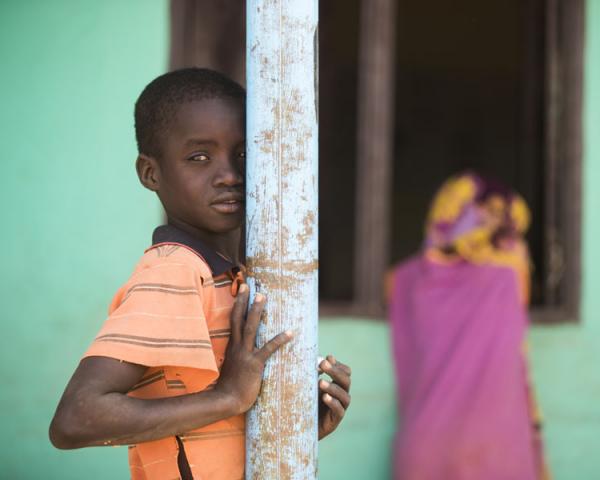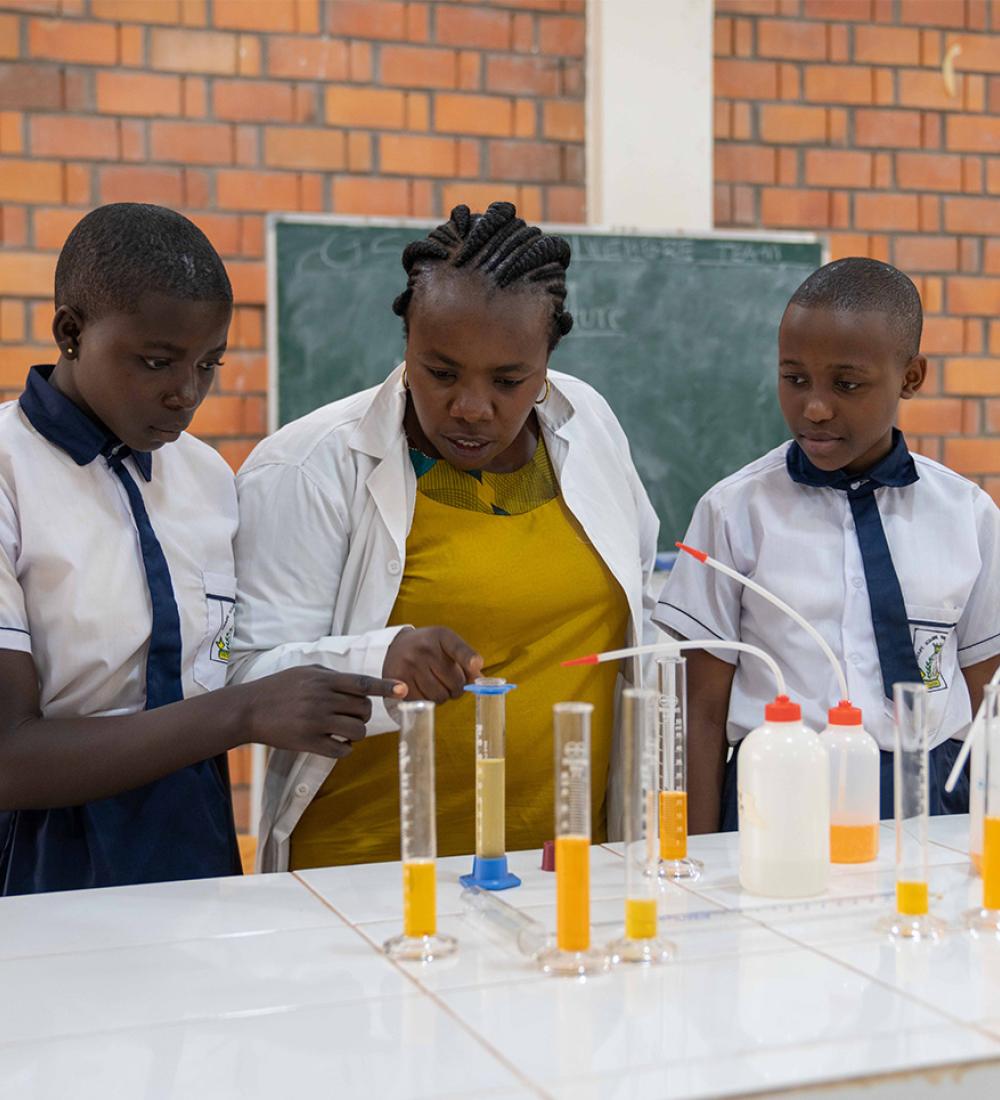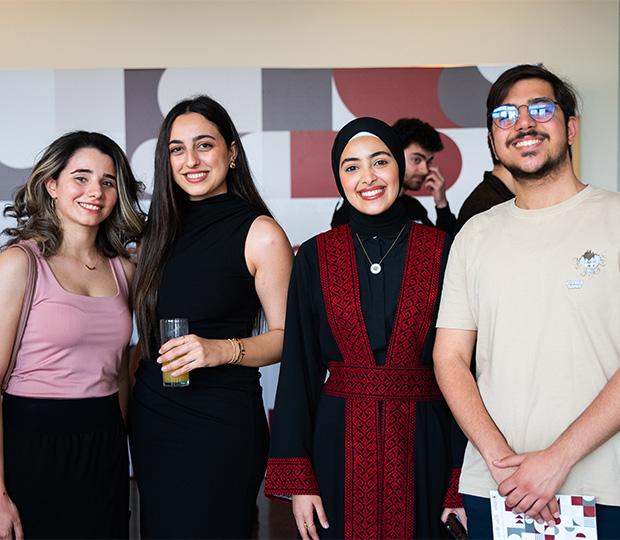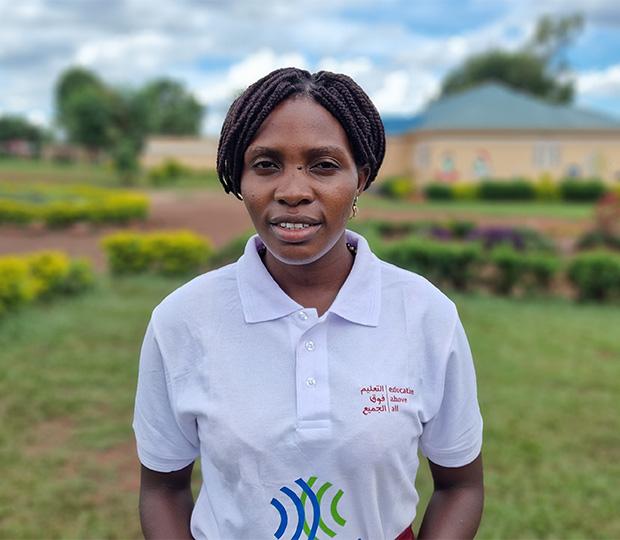QFFD and Kenyan MoE sign MoU to support EAA in providing education to 250,000 OOSC in Kenya
Contributions stemming from the signing of this MOU will support education opportunities for 250,000 OOSC, reaching the most marginalised children, including those with disabilities in urban informal settlements and arid and semi-arid lands.
The programme will be implemented by Education Above All Foundation’s (EAA) strategic partner, UNICEF, and aims to increase the capacity and accountability of communities to enhance the enrolment and retention of OOSC. Moreover, the project seeks to ensure the provision of quality teaching and learning by implementing alternative provision of education, building teachers capacities, renovating classrooms, constructing WASH facilities, and improving access to learning for children with disabilities to guarantee equitable access to education for all children enrolled in the project.
H.E. Mr Khalifa bin Jassim Al-Kuwari, Director General of QFFD, said: “We are proud of this collaboration with EAA, their partner UNICEF, and the Ministry of Education in the Republic of Kenya, and heartened by this potentially life-changing project that will provide equitable access to quality education opportunities for out of school children in the country.”
“This programme will not just help ensure education access for some of the most vulnerable children including those with disabilities, it will also contribute to the realisation of SDG4 and help Kenyan children shape their future and support them in acquiring skills that are essential to life in the 21st century.”
Mr Fahad Al-Sulaiti, CEO of the Education Above All Foundation, remarked: “This agreement is another important step in our efforts to ensure that out of school children in Kenya fulfil their right to a quality primary education that will provide them with tangible skills and knowledge in preparation for the future. We are aiming to provide education that engenders equality and inclusiveness as key factors in achieving sustainable development. Ultimately, there is nothing more critical than education and its potential to transform societies, and appropriately equip future generations.”
Prof. George Magoha, the Cabinet Secretary, Ministry of Education in the Republic of Kenya, said: “Fostering intergenerational equity in access to education is a key pillar that fosters sustainable development. In this regard, I laud all our partners led by QFFD, EAA and UNICEF for working with the Kenyan Government to ensure that quality education is availed to marginalised children and communities across the country especially at this time when the country is seeking to rebound from the devastating effects of the COVID-19 pandemic on the education sector. As the Government continues to implement the roll-out of the Competency Based Curriculum, this programme will provide the necessary tools to equip and nurture learners with competencies required for them to achieve their potential.”
UNICEF Representative to Kenya, Maniza Zaman, said: “We are delighted to be implementing this important programme in Kenya to bring the life-changing benefits of education to an additional 250,000 out of school children. Last year, we saw the devastating effects of school closures on children. In addition to education, schools provide a range of services – from meals and psycho-social support, to a sense of safety and protection – that are essential to children’s development.”
To date, EAA’s Educate A Child (EAC) programme, alongside its partners, has secured over 791,000 commitments to enrol OOSC into quality primary education in Kenya, with more than 540,000 OOSC already enrolled. In order to complement national education strategies and priorities, EAA works to address poverty, rehabilitates schools, provides psychosocial support and sports education, carries out targeted capacity-building initiatives and advocates for the education rights of the hardest-to-reach OOSC. In so doing, EAA continues to alleviate barriers to education, such as poverty, refugee status, gender discrimination, inadequate infrastructure, and challenging geographies.
















